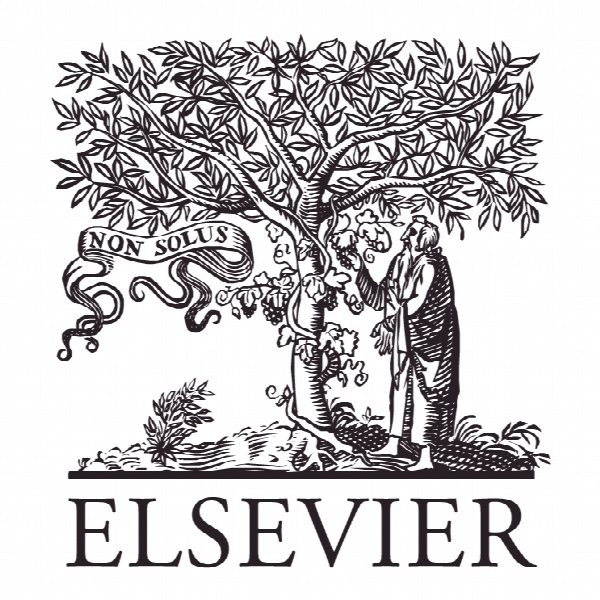اختلال خواب مرتبط با تروما: پارازومنی ناشی از تروما Trauma associated sleep disorder: A parasomnia induced by trauma
- نوع فایل : کتاب
- زبان : انگلیسی
- ناشر : Elsevier
- چاپ و سال / کشور: 2018
توضیحات
رشته های مرتبط روانشناسی
گرایش های مرتبط روانشناسی بالینی
مجله بررسی های پزشکی خواب – Sleep Medicine Reviews
دانشگاه San Antonio Military Medical Center – Department of Sleep Medicine – USA
منتشر شده در نشریه الزویر
کلمات کلیدی انگلیسی Trauma associated sleep disorder (TSD), Trauma, Nightmares, Parasomnia, Combat, Military, Veterans, Posttraumatic stress disorder (PTSD), REM sleep behavior disorder (RBD)
گرایش های مرتبط روانشناسی بالینی
مجله بررسی های پزشکی خواب – Sleep Medicine Reviews
دانشگاه San Antonio Military Medical Center – Department of Sleep Medicine – USA
منتشر شده در نشریه الزویر
کلمات کلیدی انگلیسی Trauma associated sleep disorder (TSD), Trauma, Nightmares, Parasomnia, Combat, Military, Veterans, Posttraumatic stress disorder (PTSD), REM sleep behavior disorder (RBD)
Description
Introduction Following traumatic experiences, sleep disturbances are frequently reported. The most common symptoms are insomnia and trauma related nightmares (TRN) [1]. The nightmares that trauma survivors develop are noted to be distinctly different than the nightmares which characterize idiopathic nightmare disorder [2,3]. Trauma related nightmares tend to be more severe and distressing to the individual, and in many (but not all) cases, associated with posttraumatic stress disorder (PTSD). Disruptive nocturnal behaviors (DNB) to include dream enactment behavior (DEB) and sympathetic activation are often reported in the context of TRN. Nocturnal movements with TRN can range from gross body movements to frank combative behaviors. These symptoms, which further distinguish TRN from idiopathic nightmares, have remained relatively poorly characterized. This is in part due to the frequent association of TRN with PTSD as a variant of idiopathic nightmares, as well as the rare capture of nightmares and DNB in monitored settings [4]. Prior to the proposal of trauma associated sleep disorder (TSD) as a distinct parasomnia [5], these nocturnal phenomena was best described by Raskind: “The physiology of PTSD trauma nightmares differs from that of ‘normal’ dreams. Trauma nightmares are largely expressed during light sleep and disrupted rapid eye movement (REM) sleep, and often are accompanied by motor activity. Normal dreams, whether pleasant or unpleasant, most often arise from REM sleep that is characterized by a relative paralysis of large muscle movement” [6]. This description highlights the characteristics which distinguish TSD from nightmare disorder, most notably the presence of motor activity, but also that the nightmares potentially emanate from both non-rapid eye movement (NREM) and REM sleep. Additionally, this constellation of findings occurs exclusively while asleep, thus differentiating TSD from the diagnosis of PTSD. In this article, we report on the historical findings consistent with TSD and develop the clinical and potential neurobiological mechanisms of TSD. As there is a paucity of articles on nightmares and DNB emanating solely from traumatic experiences in the absence of PTSD, we review the scientific literature which has evaluated patients with PTSD and in some cases, REM sleep behavior disorder (RBD). In a portion of the literature evaluated, the patient’s symptoms and overall clinical picture is, in our opinion, more consistent with the proposed criteria for TSD.


